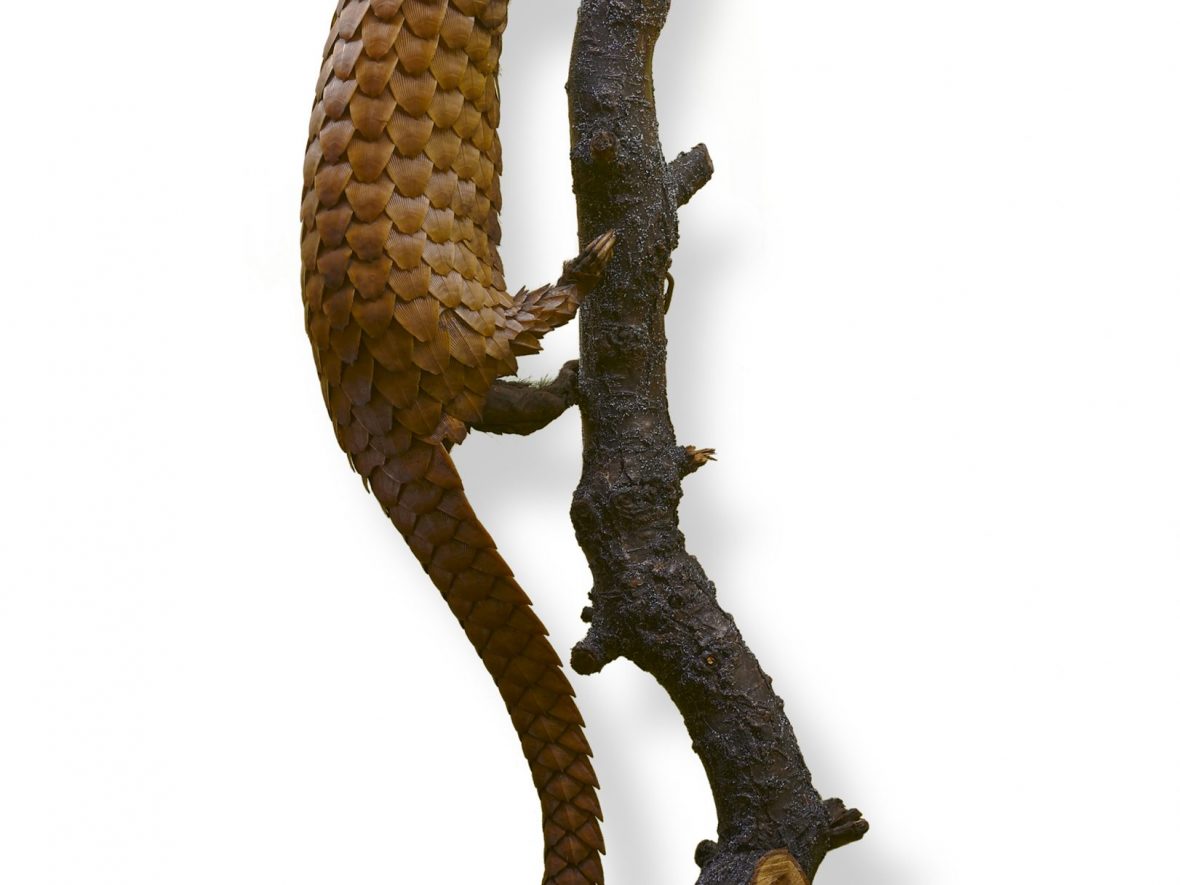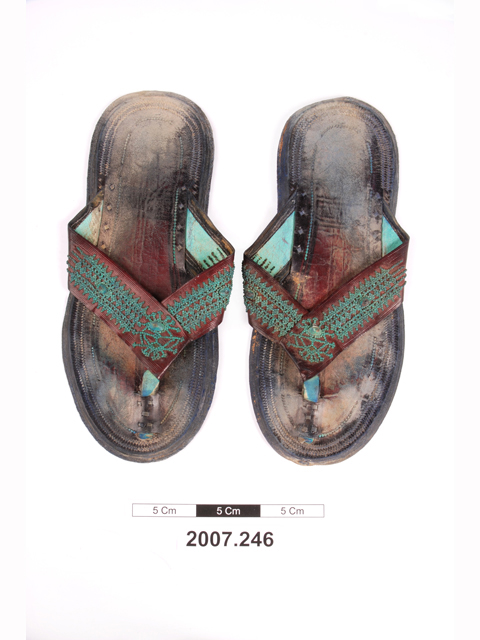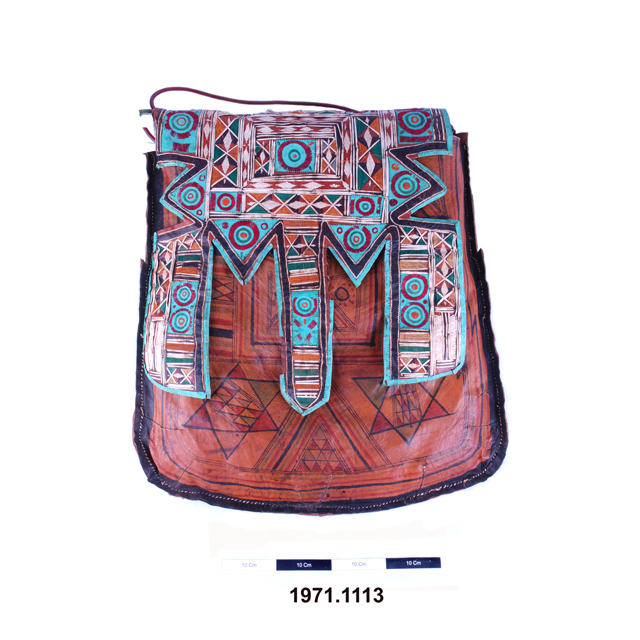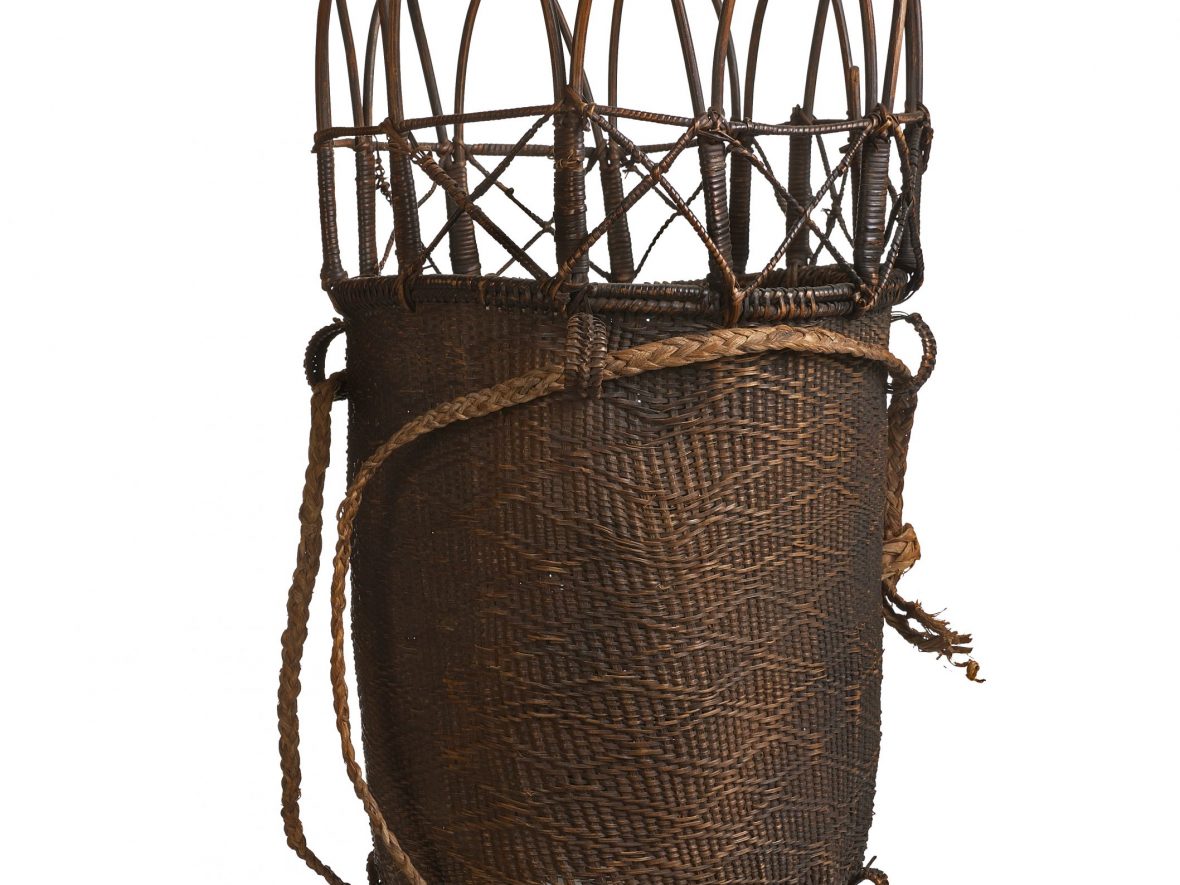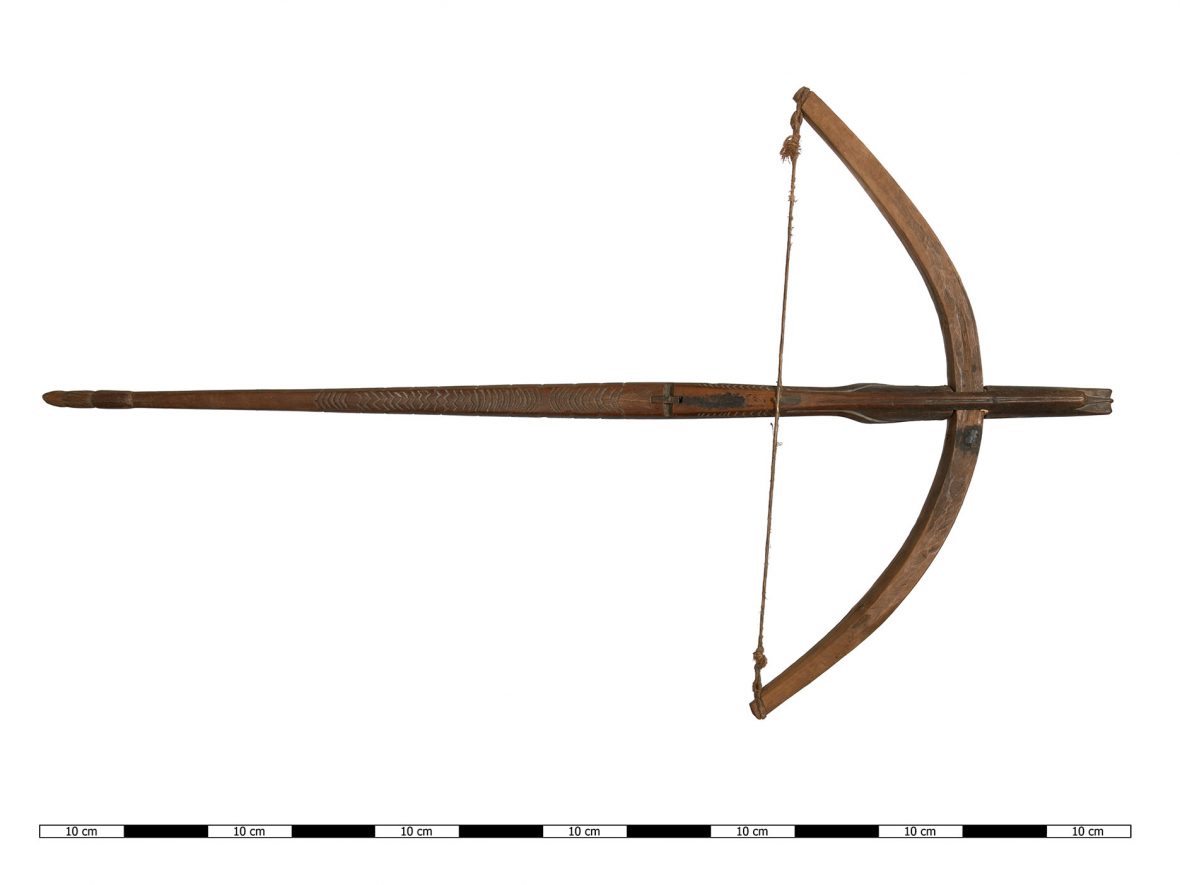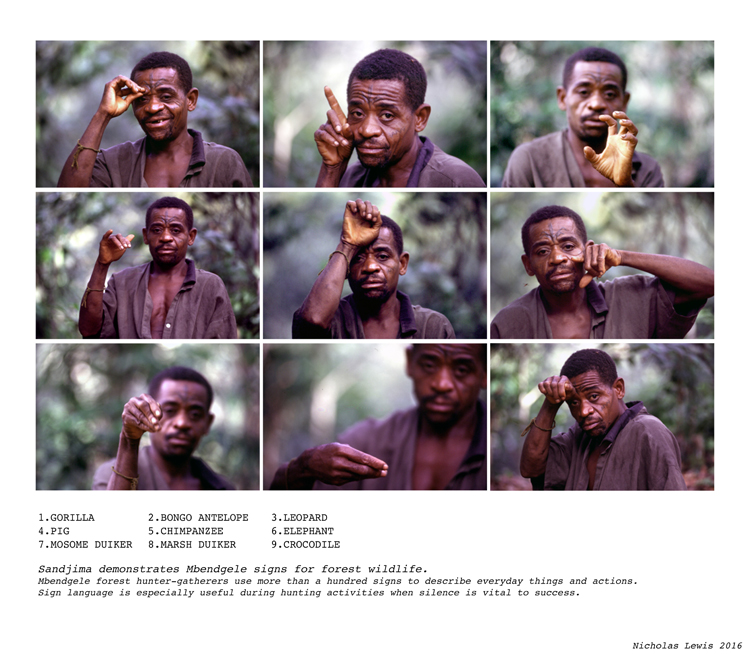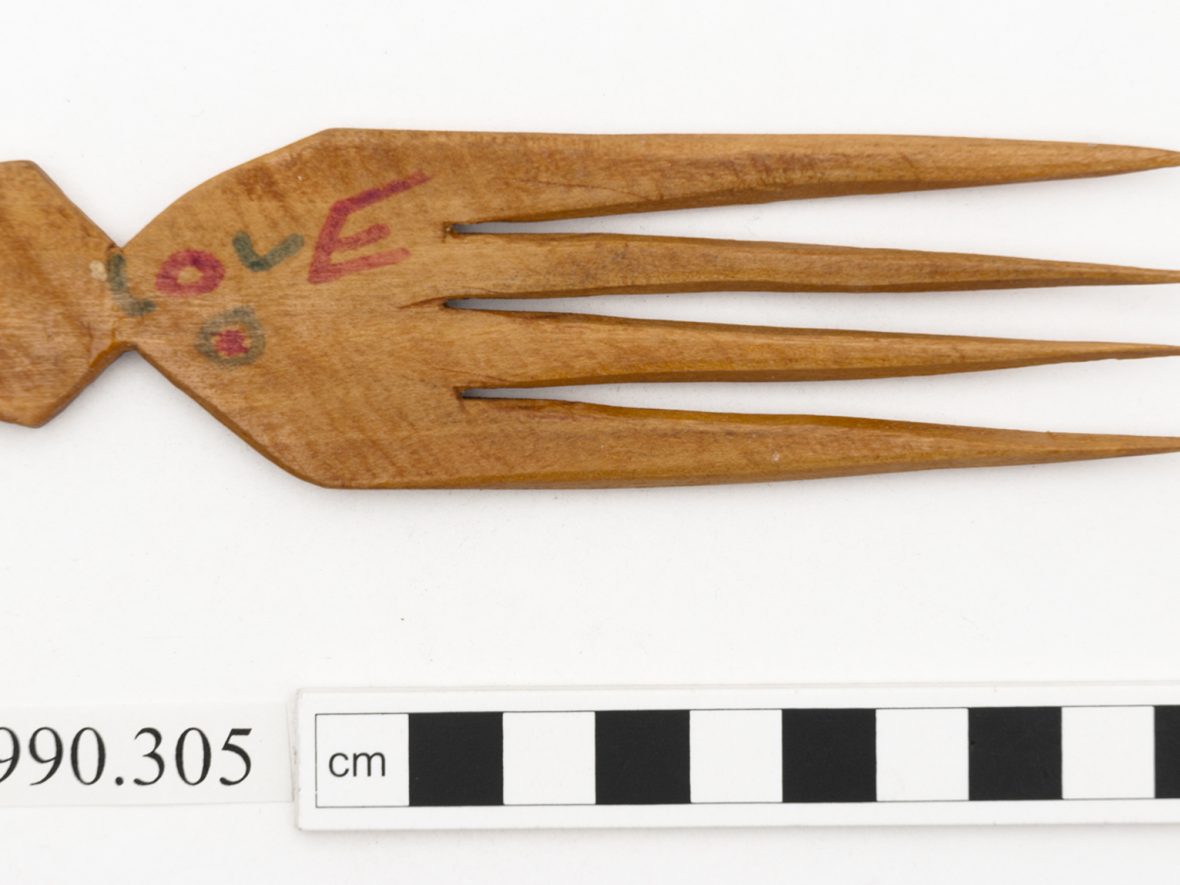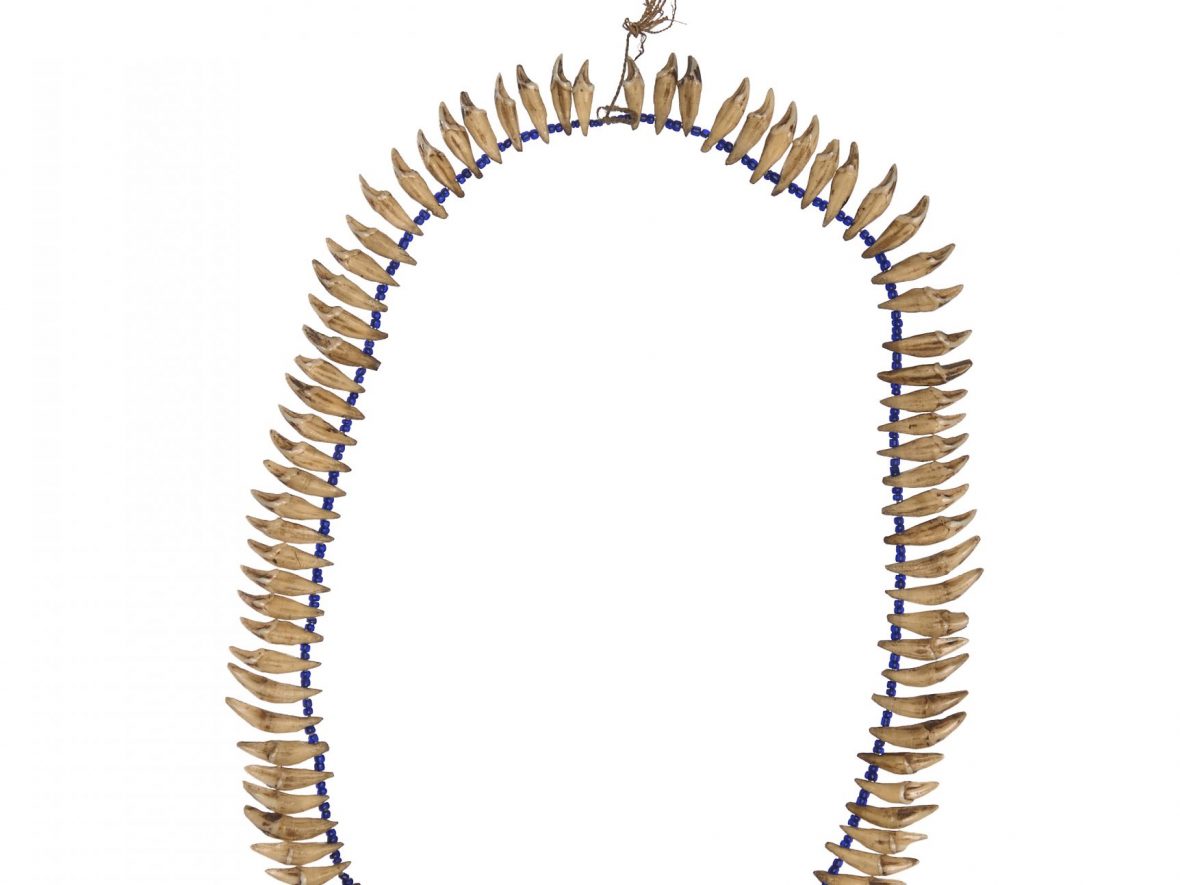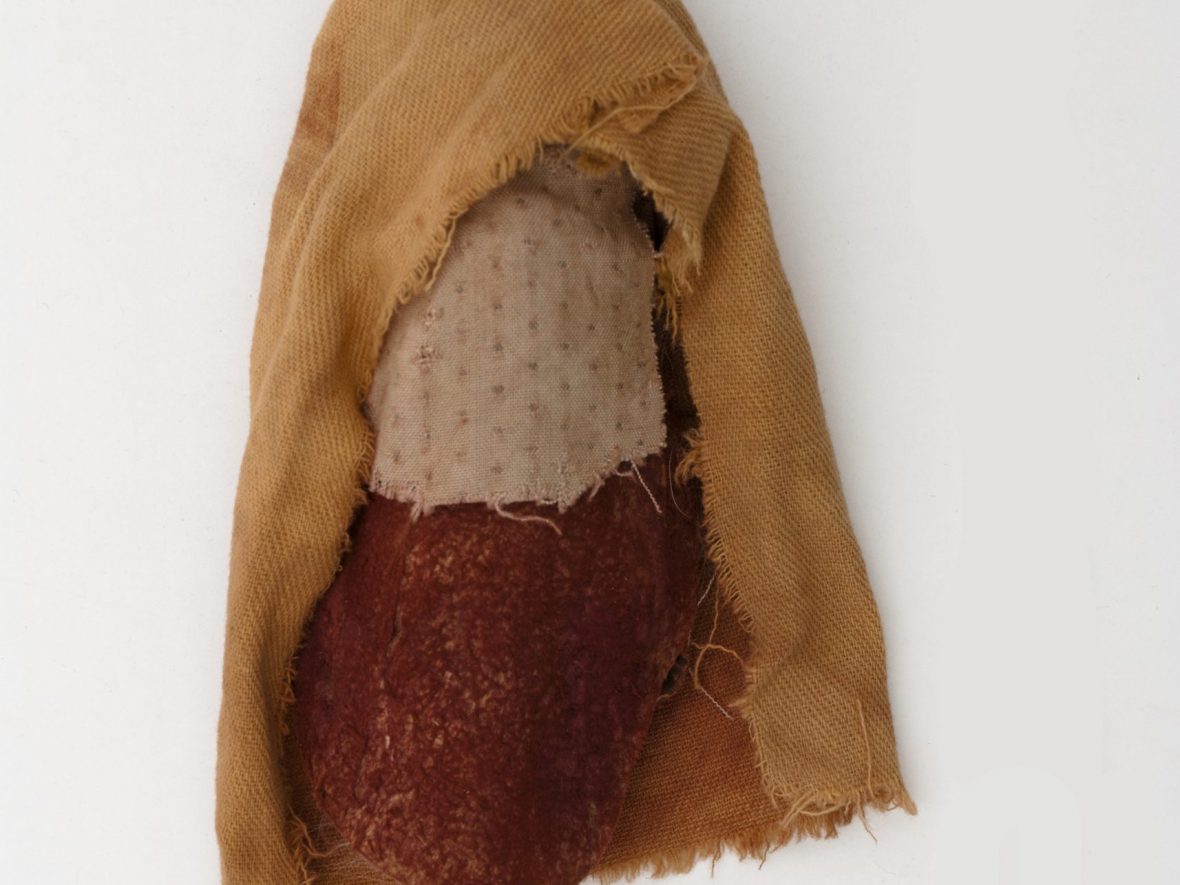Africa
Explore some of our African collections at the Horniman in this learning resource.
- Use images from objects located in different galleries and in the Gardens to create a challenge or simple trail through the Museum to find specific objects or places.
- Use object images to encourage independent research, for instance, find out and write down three facts about an object or group of objects. Alternatively, give facts or clues and challenge your pupils to identify mystery objects.
- Set an alphabetical challenge ie find or draw 26 objects one for each letter of the alphabet.
- Create a sketchbook challenge.
Please note that our Natural History Gallery is now closed as part of a major 2 year redevelopment, Nature + Love. The rest of our Galleries, displays and Gardens will be open as usual, with plenty across the site to support your topic (including our Music and World Galleries, and Africa display).
Due to the gallery closure, the tree pangolin in the resource below is no longer on display.

Bàtá drum
Drumming is important to the Yorùbá people in Nigeria, and is used in ceremonies to mark births, deaths, ancestor worship, healing, storytelling, warrior rites, initiations, and in long-distance communication.
Bàtá drums are played as a drumming ensemble, usually between three and seven drums. This one is the largest, or ‘mother’ drum, known as the Iyaalu. Both heads are struck; the larger one with the right hand, the smaller one with a leather strap held in the left hand, to imitate the rhythms and tones of the spoken language.
The bàtá drum ensemble provides the music at the ìkomo ceremony held approximately one week after birth, at which the child is named. Bàtá drums are also the favoured instruments of the priests of the god Sango, and are used in masked dances with magical transformations (egúngún onídán).
Can you imagine communicating a message by drumming? What would you say, and how?
Bàtá drums are played as a drumming ensemble, usually between three and seven drums. This one is the largest, or ‘mother’ drum, known as the Iyaalu. Both heads are struck; the larger one with the right hand, the smaller one with a leather strap held in the left hand, to imitate the rhythms and tones of the spoken language.
The bàtá drum ensemble provides the music at the ìkomo ceremony held approximately one week after birth, at which the child is named. Bàtá drums are also the favoured instruments of the priests of the god Sango, and are used in masked dances with magical transformations (egúngún onídán).
Can you imagine communicating a message by drumming? What would you say, and how?

Tree pangolin
This is a taxidermy mount of a Tree Pangolin (Phataginus tricuspis), a species of scaly anteater found throughout central and western Africa.
Tree Pangolins have long, sticky tongues which they use to catch and eat ants. Pangolins are the only mammals to be covered in defensive scales and to keep safe from leopard predation. These unusual, overlapping scales are made from keratin, the same material that our fingernails and hair are made from, and make up around 20% of the animal’s weight.
Unfortunately, the scales are highly prized by poachers, who sell them for use in traditional African bush medicine known as Muti or Juju. As Asian pangolin populations are declining, African pangolins are now also sold to Asia, where their scales are used in traditional medicine.
Pangolins are also intensively hunted for ‘bush meat’ in many parts of Africa. What do you think about people eating endangered wild animals?
Tree Pangolins have long, sticky tongues which they use to catch and eat ants. Pangolins are the only mammals to be covered in defensive scales and to keep safe from leopard predation. These unusual, overlapping scales are made from keratin, the same material that our fingernails and hair are made from, and make up around 20% of the animal’s weight.
Unfortunately, the scales are highly prized by poachers, who sell them for use in traditional African bush medicine known as Muti or Juju. As Asian pangolin populations are declining, African pangolins are now also sold to Asia, where their scales are used in traditional medicine.
Pangolins are also intensively hunted for ‘bush meat’ in many parts of Africa. What do you think about people eating endangered wild animals?
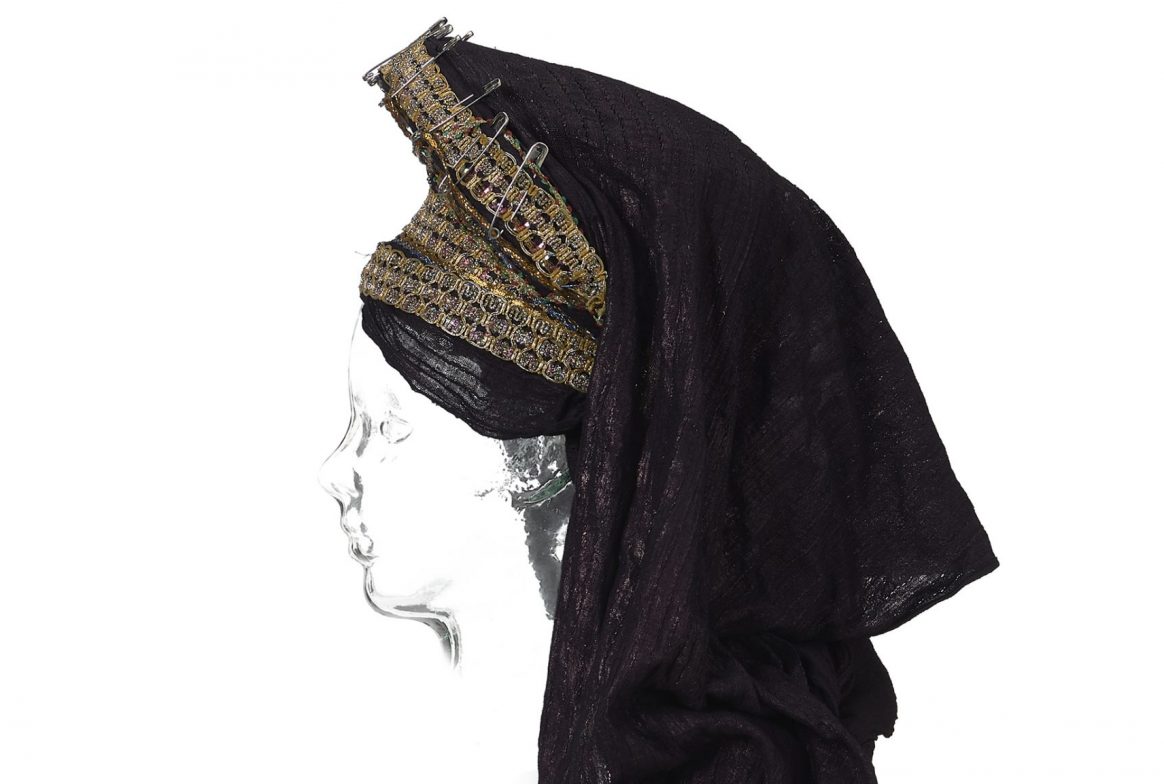
Turban
The Tuareg are nomadic people of the Saharan regions.
The face veil is an iconic piece of Tuareg clothing, and in their language (Tamasheq), a man’s veil is called Tagelmust and a woman’s veil adeko or afar. A sign of adulthood, a man receives his first veil when he is about twenty years old, and a woman receives hers when she gets married.
The indigo used to dye the veils stains the skin permanently, giving the Tuareg the nickname ‘blue men of the desert’. Wearing a face veil keeps sand out and also gives magical protection against Kel Esuf, the non-human ‘people of the void’ believed to live in the vast desert and bring illness and bad luck.
Tuareg males also use the face veil to avoid showing their mouth or nose to strangers or important people as a sign of respect. How do you show respect in your culture?
The face veil is an iconic piece of Tuareg clothing, and in their language (Tamasheq), a man’s veil is called Tagelmust and a woman’s veil adeko or afar. A sign of adulthood, a man receives his first veil when he is about twenty years old, and a woman receives hers when she gets married.
The indigo used to dye the veils stains the skin permanently, giving the Tuareg the nickname ‘blue men of the desert’. Wearing a face veil keeps sand out and also gives magical protection against Kel Esuf, the non-human ‘people of the void’ believed to live in the vast desert and bring illness and bad luck.
Tuareg males also use the face veil to avoid showing their mouth or nose to strangers or important people as a sign of respect. How do you show respect in your culture?
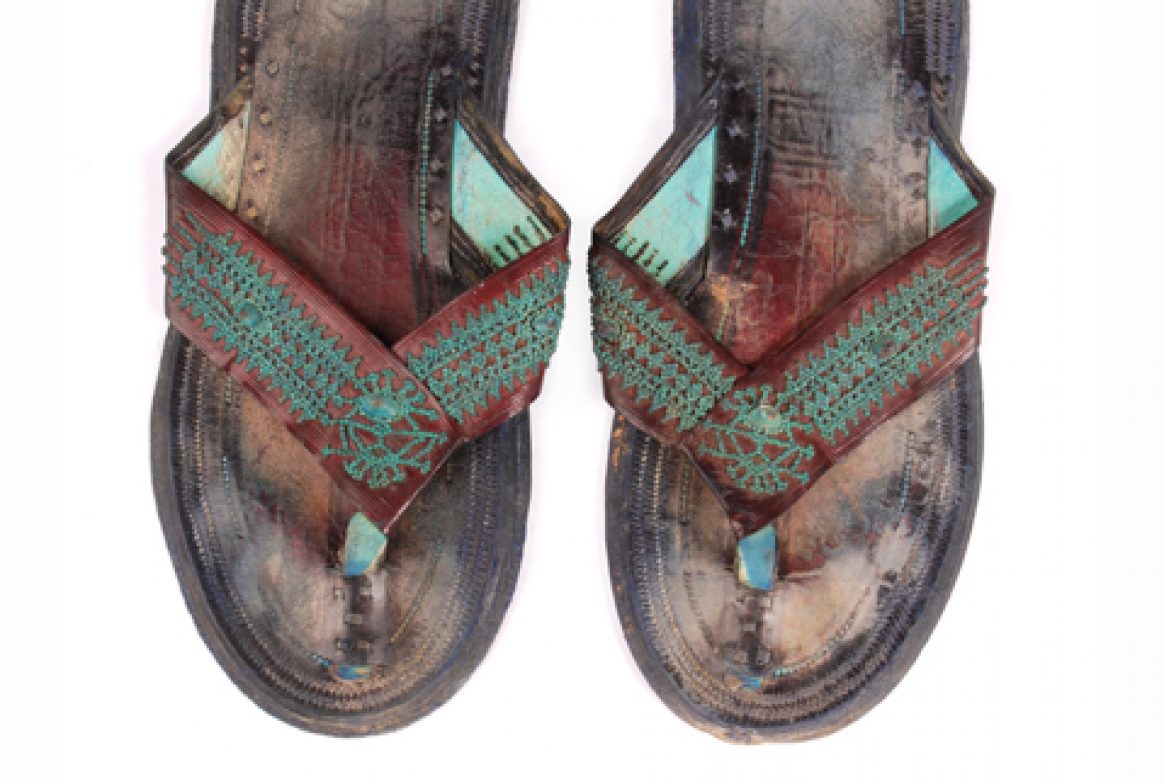
Sandals
Tuareg people wear different types of sandals that are suited to travelling terrains, including sandy desert, mountain and steppe. Because they ride their camels barefoot but the ground is usually burning sand or rocks, the Tuareg need sandals that are easy to put on and take off.
To the Tuareg, sandals are symbols of protection, wealth, prestige and social rank. They are made of hide of oxen or sometimes of oryx antelope or even giraffe and have wide soles in order to protect the wearers’ feet from the thorns of acacia trees that can be found lying on the ground.
Some Tuareg sandals are worn for ceremonial rather than practical purposes. This particular sandal is of the “Yankan Commandant” type and was made for a festival marking the Islamic new year. Some other types of Tuareg sandals are worn for the sandy desert. What would you wear in the desert?
To the Tuareg, sandals are symbols of protection, wealth, prestige and social rank. They are made of hide of oxen or sometimes of oryx antelope or even giraffe and have wide soles in order to protect the wearers’ feet from the thorns of acacia trees that can be found lying on the ground.
Some Tuareg sandals are worn for ceremonial rather than practical purposes. This particular sandal is of the “Yankan Commandant” type and was made for a festival marking the Islamic new year. Some other types of Tuareg sandals are worn for the sandy desert. What would you wear in the desert?
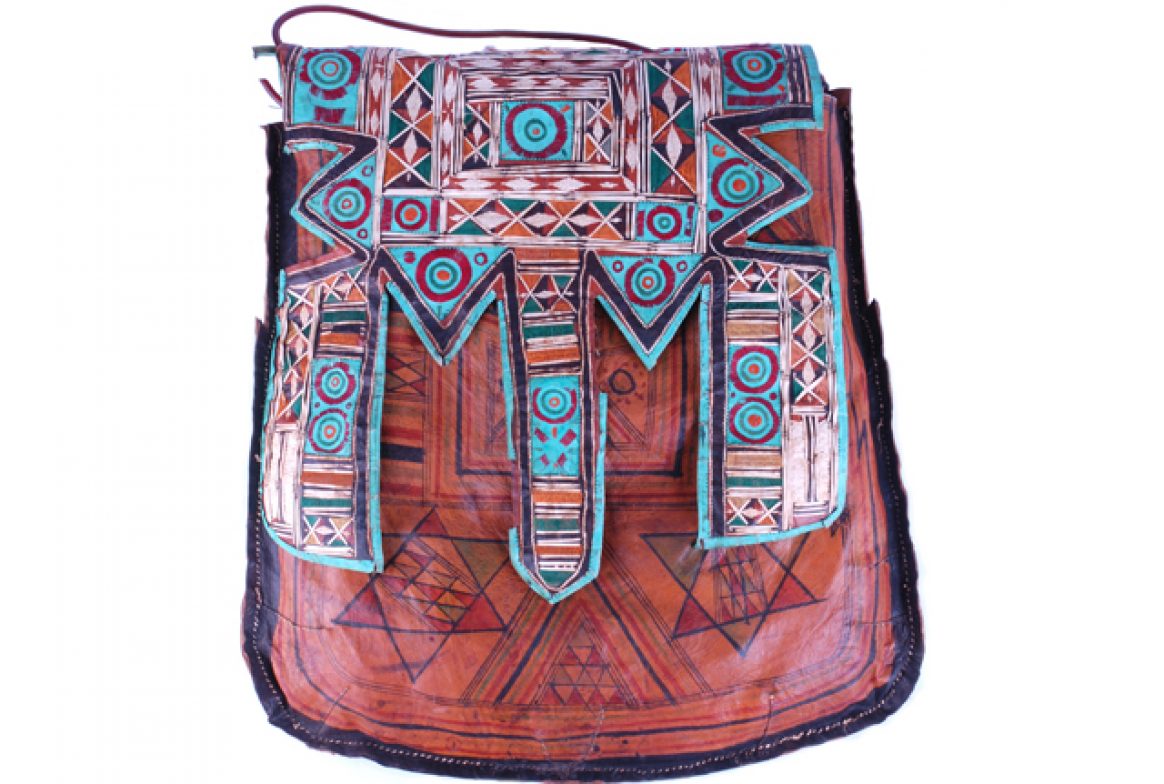
Saddle bag
Arewaha is the name for a camel that roars when loaded with heavy bags. This is just one of over 50 terms to describe camels in Tamasheq, the language of the Tuareg people.
Many Tuareg consider themselves the free people of the Western Sahara, the deserts across Algeria, Mali, Niger, Libya and Burkina Faso. Tuareg people are Muslim and travellers, although today many also live in busy cities.
Camels are central to Tuareg nomadic life. In the past they were used as pack animals for expeditions, and today they are still used by Tuareg people living in or near the Sahara desert. The camels are equipped with intricately decorated fittings, including saddles, blankets, saddlebags, bowls, nose rings, reins and whips.
Saddle bags (eljebira) such as this one are attached in front of the camel’s hump, and store all the nomads’ belongings as they move between camps. What would you pack?
Many Tuareg consider themselves the free people of the Western Sahara, the deserts across Algeria, Mali, Niger, Libya and Burkina Faso. Tuareg people are Muslim and travellers, although today many also live in busy cities.
Camels are central to Tuareg nomadic life. In the past they were used as pack animals for expeditions, and today they are still used by Tuareg people living in or near the Sahara desert. The camels are equipped with intricately decorated fittings, including saddles, blankets, saddlebags, bowls, nose rings, reins and whips.
Saddle bags (eljebira) such as this one are attached in front of the camel’s hump, and store all the nomads’ belongings as they move between camps. What would you pack?
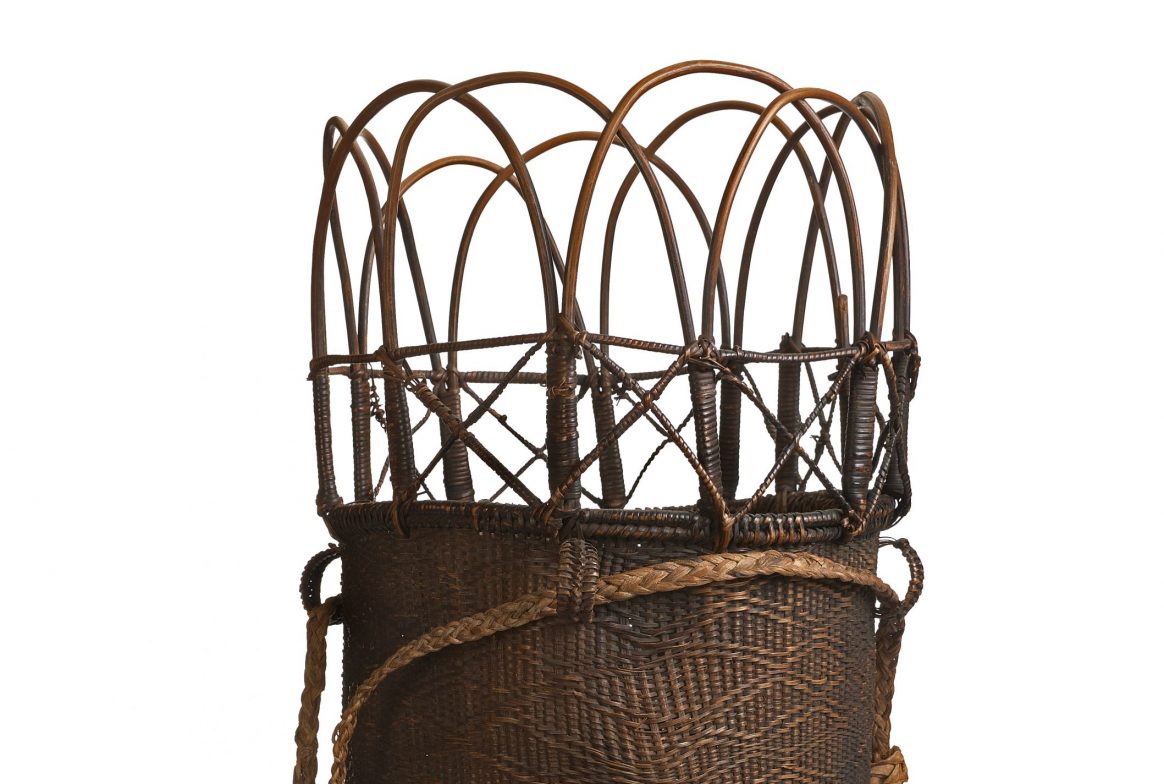
Basket
Mbendjele people of the Congo belong to a culture of hunter-gatherers who have lived in the central African rainforest for 40,000 years. They believe that everyone must be equal to be happy and fulfilled.
Mbendjele people do not farm or grow food but get their food and materials from the forest. They share everything fairly so that nothing goes to waste, and the forest can sustain the plants and animals that they eat or use. They believe the creator, Komba, made the forest for all creatures to share, so nobody can claim to own any part of it.
Because Mbendjele people love to camp in different places, the women weave large baskets to carry on their backs. Everything they need to live and to love can fit in them: sleeping mats, knives, mortars, pots, resin, and skirts. Would all your belongings fit into this basket? Could you lift it?
Mbendjele people do not farm or grow food but get their food and materials from the forest. They share everything fairly so that nothing goes to waste, and the forest can sustain the plants and animals that they eat or use. They believe the creator, Komba, made the forest for all creatures to share, so nobody can claim to own any part of it.
Because Mbendjele people love to camp in different places, the women weave large baskets to carry on their backs. Everything they need to live and to love can fit in them: sleeping mats, knives, mortars, pots, resin, and skirts. Would all your belongings fit into this basket? Could you lift it?

Crossbow
This crossbow resembling a bird was used by Mbendjele hunter-gatherers in the Congo rainforest. Can you count how many monkeys were killed by the notches made in the wood?
Mbendjele people rely on the forest for their way of life. They live by rules for sharing correctly and for hunting wild animals respectfully by working together and using excellent skills and weapons. The traditional Mbendjele way of life is threatened as governments and corporations seek exclusive rights to the land that they depend on.
To conserve wildlife, laws now ban the sale of bush meat (the meat of wild animals as food), but this discriminates against the Mbendjele, who need to hunt to survive.
Read the text in the gallery to discover what a London university is doing to help Mbendjele hunter-gatherers in the Congo. Who do you think should decide whether a wild animal should be hunted or protected?
Mbendjele people rely on the forest for their way of life. They live by rules for sharing correctly and for hunting wild animals respectfully by working together and using excellent skills and weapons. The traditional Mbendjele way of life is threatened as governments and corporations seek exclusive rights to the land that they depend on.
To conserve wildlife, laws now ban the sale of bush meat (the meat of wild animals as food), but this discriminates against the Mbendjele, who need to hunt to survive.
Read the text in the gallery to discover what a London university is doing to help Mbendjele hunter-gatherers in the Congo. Who do you think should decide whether a wild animal should be hunted or protected?

Mbendjele hunting signs
Mbendjele men of the Congo region are skillful hunters who work together closely and use a sophisticated system of communication so as not to disturb the forest animals.
When hunting, the men walk quietly and slowly, stopping frequently to look and listen carefully. They get clues by recognising different monkey calls such as ‘saw a pig’, ‘saw a leopard’ or ‘found good food’. Once the hunters think they know where their prey is, they move silently and swiftly to that area to prepare an ambush.
They stop talking and use hand signals to communicate with each other about animals, movement and activities. The only sounds they make are to mimic animal calls to lure prey to them.
Can you make the hunting signs shown in the pictures? Can your friend understand what you are communicating?
When hunting, the men walk quietly and slowly, stopping frequently to look and listen carefully. They get clues by recognising different monkey calls such as ‘saw a pig’, ‘saw a leopard’ or ‘found good food’. Once the hunters think they know where their prey is, they move silently and swiftly to that area to prepare an ambush.
They stop talking and use hand signals to communicate with each other about animals, movement and activities. The only sounds they make are to mimic animal calls to lure prey to them.
Can you make the hunting signs shown in the pictures? Can your friend understand what you are communicating?
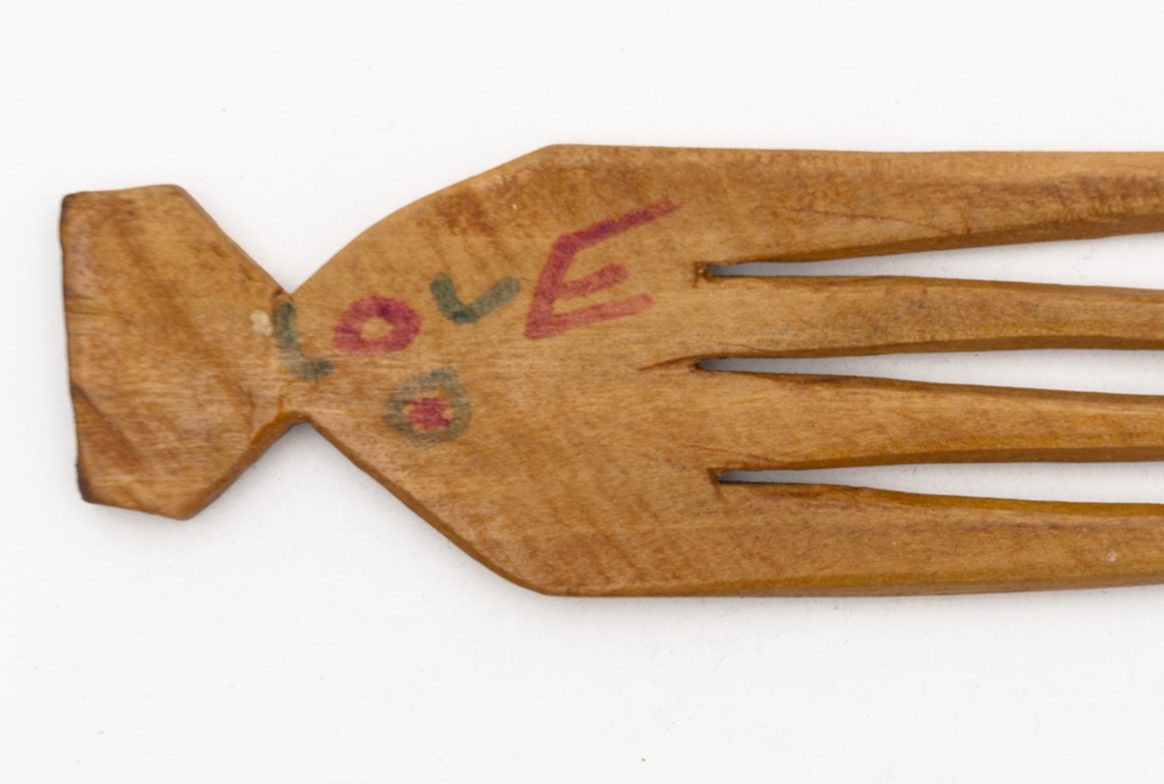
Comb
Yorùbá people believe that a person’s destiny is determined by their Orí (head).
“Ori is not a divinity. The Ori is what holds an individual destiny. The Ori is in control of one’s daily ups and downs. Ori could be considered as personal god or guardian angel who will accompany each of us for life. Even the gods have their Ori which directs their personal lives. Ori is human consciousness.”- Iyalorisa Omitonade Ifawemimo (priestess and role model to young Yorùbá girls).
Although some Yorùbá people use straightening chemicals and weaves, many people still do use natural soaps, oils, butters and wooden combs. Some combs are elaborately carved or decorated, but this one is simple, with the word ‘love’ written on it. What do you use to treat or style your hair?
“Ori is not a divinity. The Ori is what holds an individual destiny. The Ori is in control of one’s daily ups and downs. Ori could be considered as personal god or guardian angel who will accompany each of us for life. Even the gods have their Ori which directs their personal lives. Ori is human consciousness.”- Iyalorisa Omitonade Ifawemimo (priestess and role model to young Yorùbá girls).
Although some Yorùbá people use straightening chemicals and weaves, many people still do use natural soaps, oils, butters and wooden combs. Some combs are elaborately carved or decorated, but this one is simple, with the word ‘love’ written on it. What do you use to treat or style your hair?
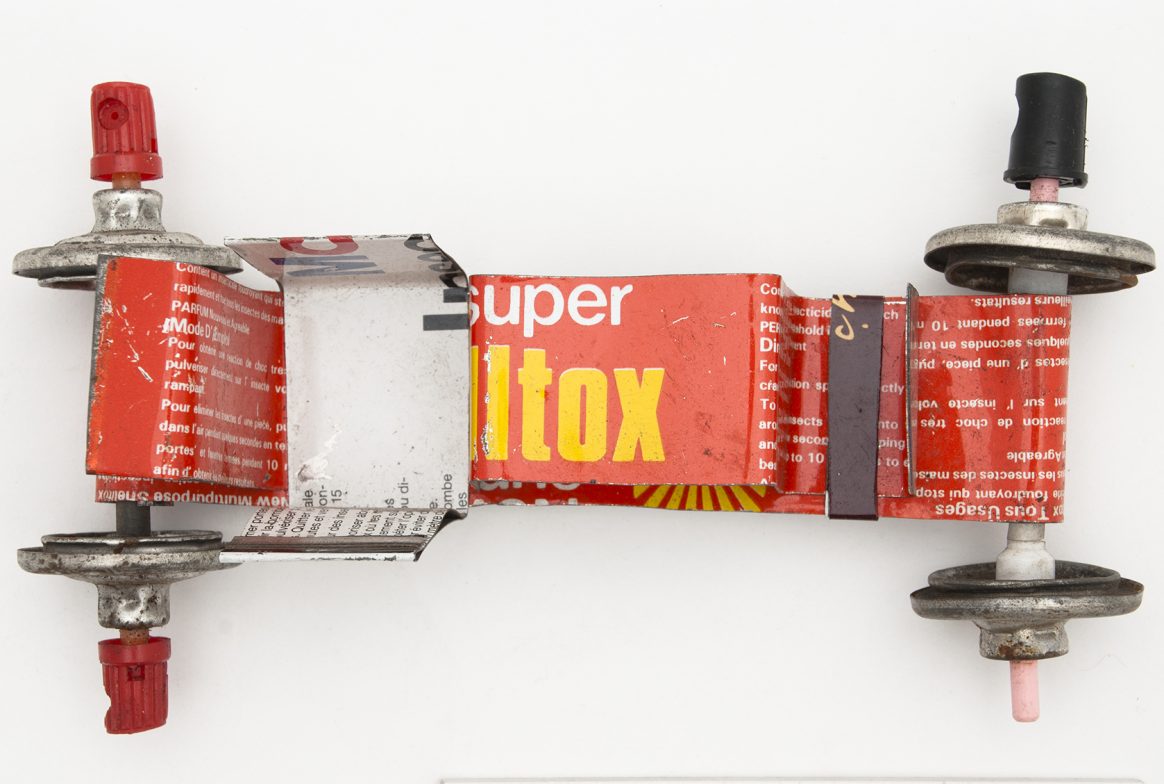
Toy cars
These toy cars from Nigeria are made from recycled insect spray cans, including the brands Super Shelltox and Mobil, with can tops for wheels.
Since the 1980s hand-made toy vehicles from recycled materials have been sold at markets across West Africa and they are very popular with foreign tourists.
Have you ever made something by recycling or re-using everyday objects or materials?
Since the 1980s hand-made toy vehicles from recycled materials have been sold at markets across West Africa and they are very popular with foreign tourists.
Have you ever made something by recycling or re-using everyday objects or materials?
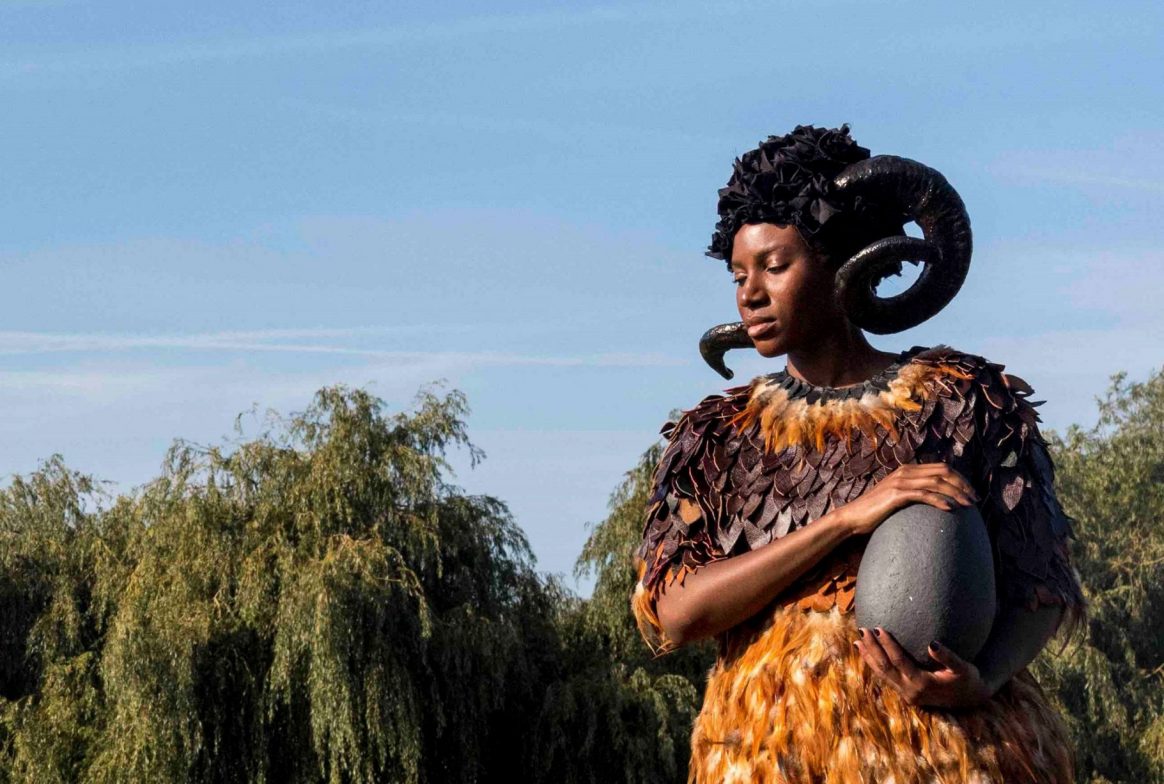
Costume art piece
This artwork is a recent piece that was created by Alafuro Sikoki-Coleman, a designer who has spent time in many different places. Her family is from the Bayelsa District in southern Nigeria.
Sikoki-Coleman’s family belong to the Ijaw tribe, who worshipped only one female god, Wogingi. She is described as a beautiful, powerful animal-human hybrid goddess seated on a mound atop a large table in a field at the dawn of time, where she shaped human beings out of clay and gave them life with her breath.
Having arrived in Nigeria in the 15th Century, Christianity was widespread by the 18th Century, with a new, male creator God. As a result Ijaw society changed from matriarchal to patriarchal, and women’s position diminished.
Although today most Ijaw are Christians and worship a male creator, they still refer to him as Wojingi. What materials has the artist used to show that Wojingi is part-animal, part-human?
Sikoki-Coleman’s family belong to the Ijaw tribe, who worshipped only one female god, Wogingi. She is described as a beautiful, powerful animal-human hybrid goddess seated on a mound atop a large table in a field at the dawn of time, where she shaped human beings out of clay and gave them life with her breath.
Having arrived in Nigeria in the 15th Century, Christianity was widespread by the 18th Century, with a new, male creator God. As a result Ijaw society changed from matriarchal to patriarchal, and women’s position diminished.
Although today most Ijaw are Christians and worship a male creator, they still refer to him as Wojingi. What materials has the artist used to show that Wojingi is part-animal, part-human?
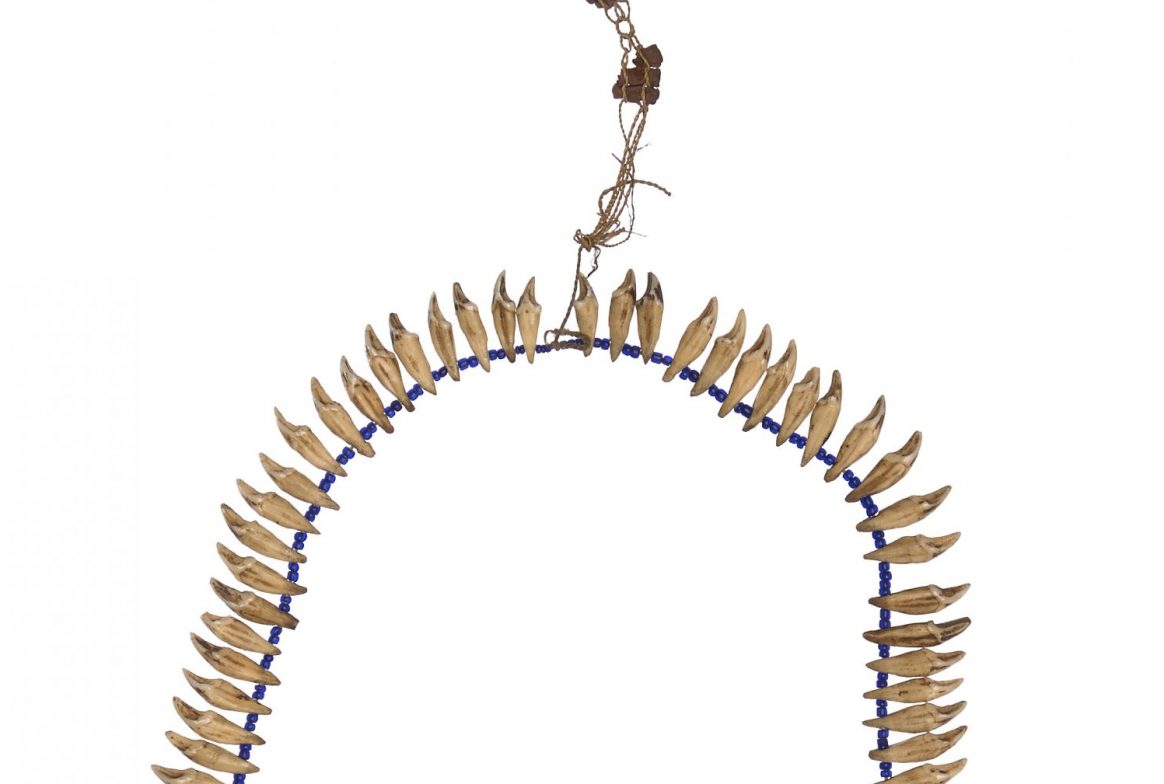
Tooth necklace
This Zulu necklace is made up of just over one hundred teeth threaded onto a string and separated by small glass blue beads.
Historically, only special types of beads were owned and worn by high-ranking men, such as chiefs and kings, and the skins, teeth and claws of lions and leopards were considered even more important than the beads.
Later, real teeth were replaced by imitation teeth carved out of bone or horn, or made from porcelain in Jablonec (in the Czech Republic, an important centre for bead making from the 16th century onwards).
Why would a high-ranking male wear a necklace of carnivore teeth? What impression is he trying to give?
Historically, only special types of beads were owned and worn by high-ranking men, such as chiefs and kings, and the skins, teeth and claws of lions and leopards were considered even more important than the beads.
Later, real teeth were replaced by imitation teeth carved out of bone or horn, or made from porcelain in Jablonec (in the Czech Republic, an important centre for bead making from the 16th century onwards).
Why would a high-ranking male wear a necklace of carnivore teeth? What impression is he trying to give?
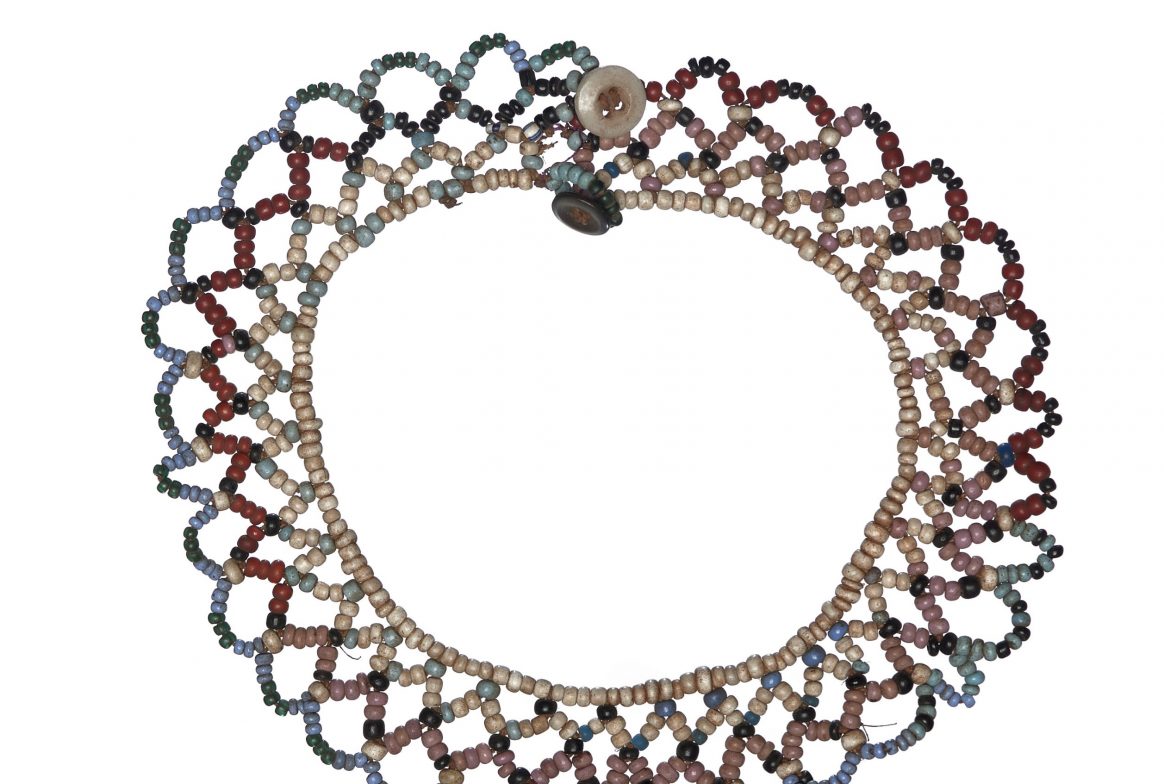
Anklet or child’s necklet
This anklet or child's necklet has an intricate design made up of many different coloured beads.
Xhosa people wear certain colours or types of beads to communicate their status within their society. For example, a particular type of waist belt worn in a certain way or with a particular amount of coloured beads will show if a young woman is married or unmarried, pre-pubescent or of childbearing age.
Designs also indicate life stages such as babyhood, initiation, marriage, motherhood, fatherhood, maturity and power. But colours and patterns of beadwork do not always have the same meanings, for each piece is unique.
Young women learn the craft from their mother or grandmothers. When they marry, many women travel to live with their husband’s family, taking their designs with them and creating hybrid styles. Can you think of another piece of jewellery that many people wear to show that they are married?
Xhosa people wear certain colours or types of beads to communicate their status within their society. For example, a particular type of waist belt worn in a certain way or with a particular amount of coloured beads will show if a young woman is married or unmarried, pre-pubescent or of childbearing age.
Designs also indicate life stages such as babyhood, initiation, marriage, motherhood, fatherhood, maturity and power. But colours and patterns of beadwork do not always have the same meanings, for each piece is unique.
Young women learn the craft from their mother or grandmothers. When they marry, many women travel to live with their husband’s family, taking their designs with them and creating hybrid styles. Can you think of another piece of jewellery that many people wear to show that they are married?
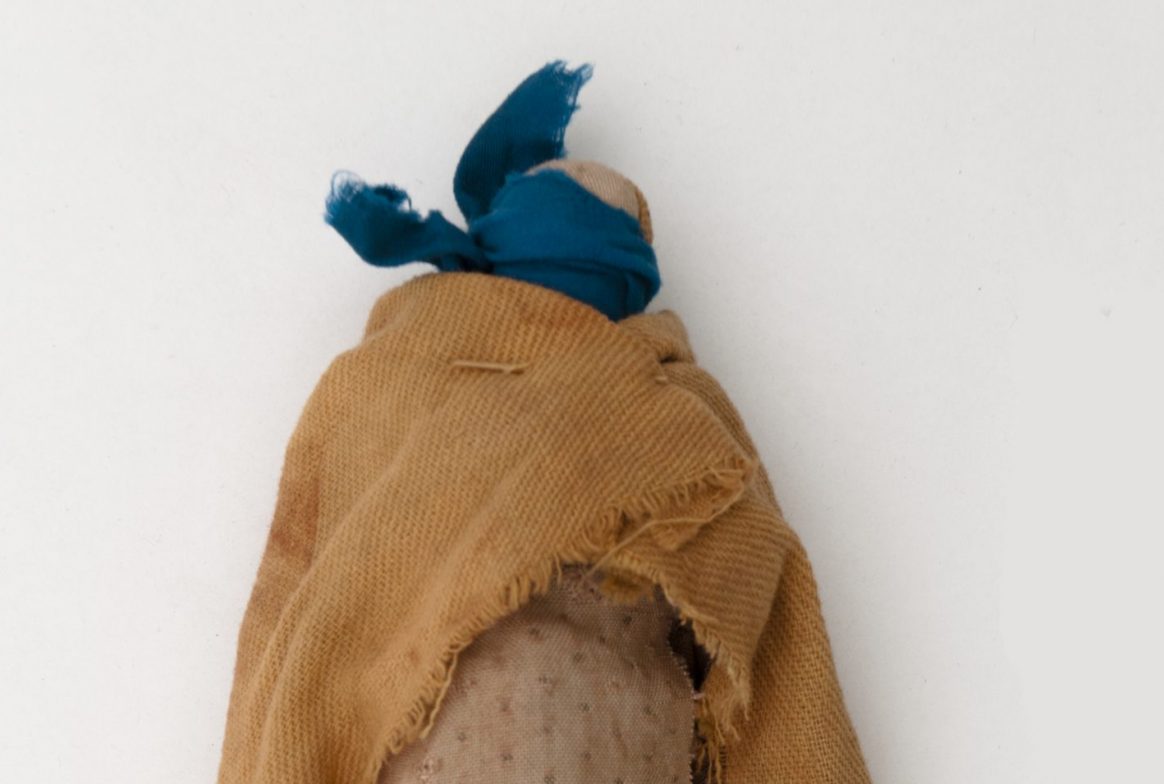
Doll
This little Xhosa doll (referred to as nopopi) is a young child's toy. It represents a mother in traditional dress from the Eastern Cape of South Africa, carrying a baby on her back.
Xhosa dolls are made from rags or fabric offcuts. This one would have been made by the child him/herself from a cylindrical stick, before the child’s mother shaped the skin from offcuts of brown textile.
In recent years a number of organisations in the Eastern Cape have trained women to sew Xhosa dolls to sell to foreign tourists, as a means to generate income for unemployed women. Many of these modern dolls incorporate recycled materials such as plastic carrier bags, bottle caps, empty containers as well as fabric off-cuts.
Have you ever made a toy? What materials did you use?
Xhosa dolls are made from rags or fabric offcuts. This one would have been made by the child him/herself from a cylindrical stick, before the child’s mother shaped the skin from offcuts of brown textile.
In recent years a number of organisations in the Eastern Cape have trained women to sew Xhosa dolls to sell to foreign tourists, as a means to generate income for unemployed women. Many of these modern dolls incorporate recycled materials such as plastic carrier bags, bottle caps, empty containers as well as fabric off-cuts.
Have you ever made a toy? What materials did you use?
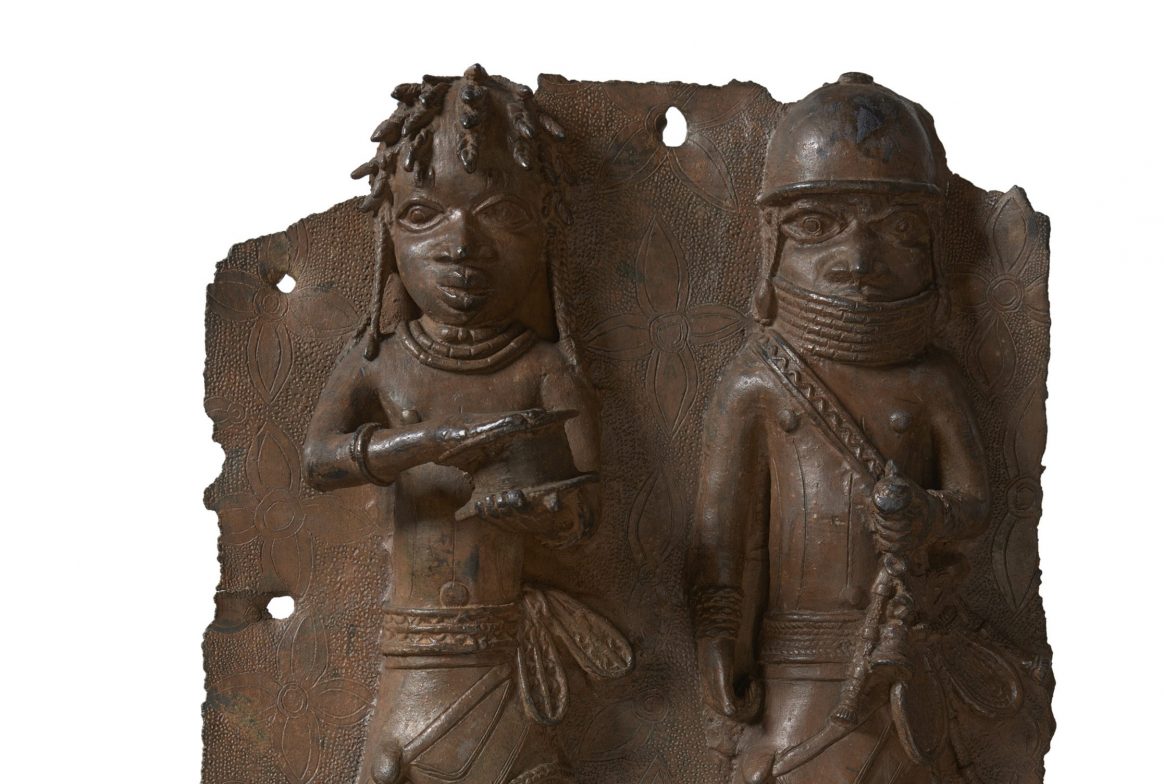
Brass plaque
Plaques were displayed in the Oba’s palace and often show scenes of official business. The men on this plaque are emissaries, or messengers, sent on a special mission by the Oba.
The man on the right is an important war chief. We know this because he is wearing a helmet, coral jewellery, and a scabbard (sword case). On the left is a royal army priest who can be identified by his braided hairstyle and the celt stone tool tucked into a strap around his leg.
The priest is holding a cylindrical box called an ekpokin which would have been presented to the Oba as proof of a successful mission. The ekpokin probably contains soil from a captured land or the head of someone they defeated.
The man on the right is an important war chief. We know this because he is wearing a helmet, coral jewellery, and a scabbard (sword case). On the left is a royal army priest who can be identified by his braided hairstyle and the celt stone tool tucked into a strap around his leg.
The priest is holding a cylindrical box called an ekpokin which would have been presented to the Oba as proof of a successful mission. The ekpokin probably contains soil from a captured land or the head of someone they defeated.
